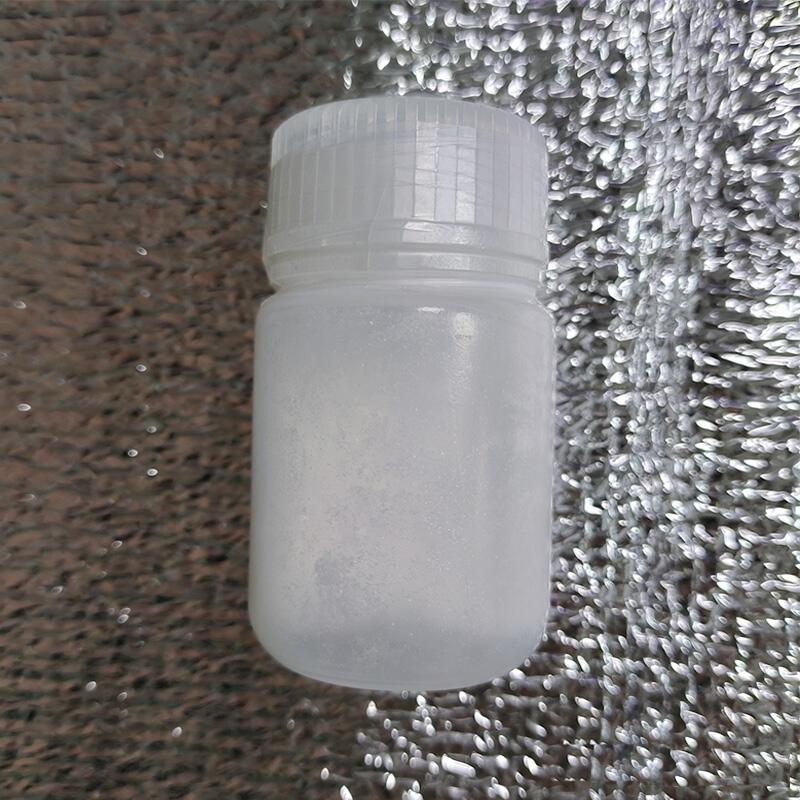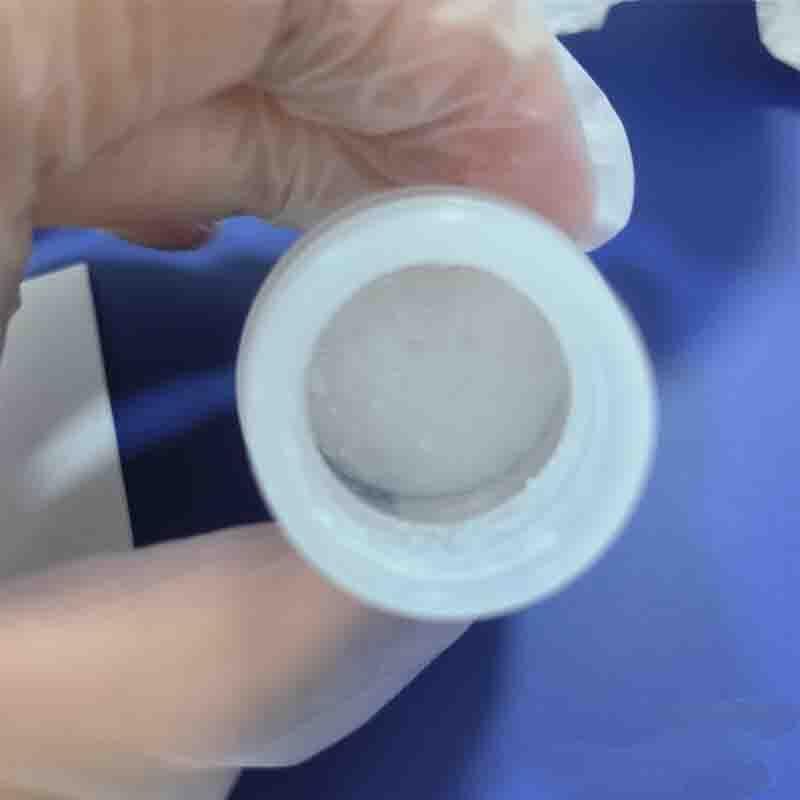-
Categories
-
Pharmaceutical Intermediates
-
Active Pharmaceutical Ingredients
-
Food Additives
- Industrial Coatings
- Agrochemicals
- Dyes and Pigments
- Surfactant
- Flavors and Fragrances
- Chemical Reagents
- Catalyst and Auxiliary
- Natural Products
- Inorganic Chemistry
-
Organic Chemistry
-
Biochemical Engineering
- Analytical Chemistry
-
Cosmetic Ingredient
- Water Treatment Chemical
-
Pharmaceutical Intermediates
Promotion
ECHEMI Mall
Wholesale
Weekly Price
Exhibition
News
-
Trade Service
Colon cancer (CRC) is currently the fourth leading cause of cancer death among the world, and screening can effectively reduce its morbidity and mortality.
While endoscopy-based screening is the most effective method, fecal-based screening can easily and quickly identify high-risk colonoscopy subjects, making it the most popular screening test in the world, especially in areas with limited clinical capacity for endoscopy.
reported that fecal immunochemical testing (FIT) is better than healing wood lipid fecal latent blood tests.
the effectiveness of FIT in reducing CRC mortality has recently been demonstrated.
addition, as previous studies have shown, FIT's detection sensitivity to late-stage tumors is not as high as that of distant-end tumors, and whether FIT's long-term effectiveness in reducing CRC and late-stage CRC mortality varies from anatomical site to site.
, this study aims to assess the effects of fecal immunochemical testing (FIT) screening for colorectal cancer (CRC) on the overall effectiveness of population-based and site-specific long-term.
researchers conducted a forward-looking cohort study of Taiwanese patients screened for FIT.
from 2004 to 2009, a total of 5417,699 eligible subjects were invited to participate in the screening and followed up until 2014.
use the corrected relative ratio (aRRs) to assess the effectiveness of reducing late-stage CRC (II-plus) and CRC deaths.
FIT screening (exposed and unexposed) significantly reduced the occurrence of late CRC (4/10 vs 75.7 / 100,000) and mortality (20.3 vs 41.3 / 100,000).
and there was a statistically significant decrease in the occurrence of late CRC after screening (aRR s 0.66, 95% CI 0.63 to 0.70) and CRC deaths (aRR s 0.60, 95% CI 0.57 to 0.64).
FIT screening is more effective than near-end CRC in reducing the occurrence (aRR s 0.61, 95% CI 0.58 to 0.64) and mortality (aRR s 0.56, 95% CI 0.53 to 0.69).
study showed that two-yearly FIT screening significantly reduced late CRC rates by 34 percent, CRC deaths by 40 percent, and far-end colons with higher long-term efficacy than near-end colons.







